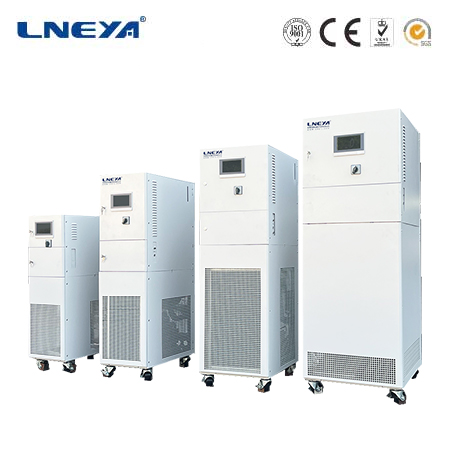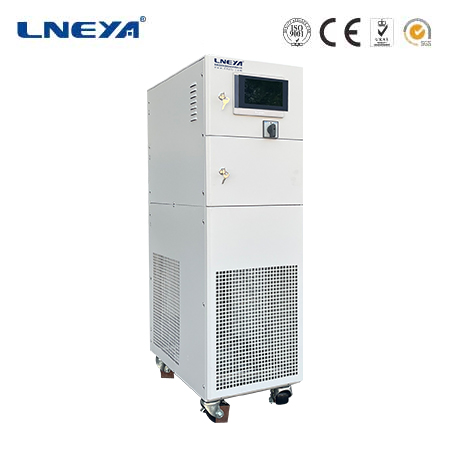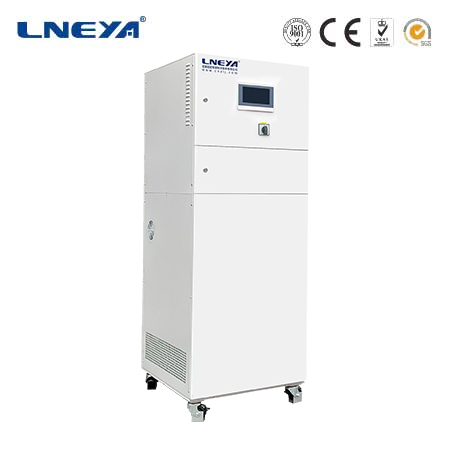water bath in the laboratory
Introduction to Water Bath in the Laboratory
A water bath is a scientific apparatus used to maintain a steady temperature for prolonged periods when incubating samples. It is preferred over an open flame when heating flammable substances and is employed to enable chemical reactions at high temperatures. Water baths are essential in scientific research, analysis, and experimentation, providing a controlled, stable temperature environment.

Principle of Water Bath
The principle behind a water bath is the use of water as a heat transfer medium. The vessel to be heated is placed into the water, and the boiling point of water allows for a controlled heating environment. Most water baths feature a digital or analog interface that users may use to set the desired temperature.
Types of Water Baths
There are several types of water baths designed for specific applications, each offering unique features and functionalities:
Shaking Water Bath: Equipped with a mechanism for gently shaking samples while incubated, improving sample mixing and oxygenation.
Circulating Water Bath: Features a pump for circulating water to maintain a uniform temperature throughout the bath.
Non-Circulating Water Bath: Relies on convection for temperature control and is simpler in design.
Water-Jacketed Heating Block: Consists of a heating element surrounded by a water-filled jacket for uniform heat distribution.

Immersion Water Bath: Involves immersing samples directly into a container filled with water heated using a heating element.
Applications of Water Baths
Water baths are used in various fields due to their ability to provide a stable temperature environment for a range of applications:
Temperature Control: They provide a stable environment for experiments requiring precise temperature control, such as enzyme reactions.
Sample Incubation: Crucial in fields like microbiology and biochemistry for culturing bacteria and supporting temperature-dependent reactions.
Molecular Biology Applications: Used for DNA melting, enzyme reactions, and other sensitive procedures where precise thermal conditions are critical.
Advantages of Water Baths
Water baths offer several advantages over other heating methods:

Even Heating: They provide uniform heating, ensuring all parts of a sample are treated equally.
Safety: They are safer than direct heating methods, especially when working with flammable solvents.
Cost-Effectiveness: They are easy to operate and have low maintenance costs.
Limitations and Safety Precautions
While water baths are beneficial, they have some limitations and require certain safety precautions:
Microbial Activity: Untreated and exposed baths can encourage microbial growth.
Water Replacement: Regular replacement of water may be required to maintain cleanliness and prevent contamination.
Safety Precautions: Include ensuring the water level is appropriate, keeping the bath covered during operation, and cleaning the instrument regularly.
Conclusion
Water baths are indispensable in the laboratory for their ability to provide a controlled temperature environment for a variety of applications. Understanding the different types, applications, advantages, and safety precautions associated with water baths is crucial for anyone utilizing this equipment in their scientific work. As technology advances, water baths continue to evolve, offering more precise control and versatility for a wide range of laboratory needs.
Related recommendations
environment chambers
215What Are Environment Chambers?Environment chambers are specialized enclosures designed to replicate and control environmental conditions for testing and research purposes. They are widely used in ...
View detailsWhat details should be paid attention to in the daily maintenance and upkeep of industrial air cooled chiller?
1097What details should be paid attention to in the daily maintenance and upkeep of industrial air cooled chiller? 1. When starting an air-cooled industrial chiller unit, it should be check...
View detailschiller machines
505Chiller Machines: A Comprehensive Guide Introduction to Chiller MachinesChiller machines, commonly known as chillers, are essential components of heating, ventilation, and air conditioning (HVA...
View detailslab chiller
211Lab Chiller: A Comprehensive GuideIn the intricate world of scientific research, maintaining precise temperature conditions is often the key to obtaining accurate and reliable results. Lab chille...
View details
 LNEYA Thermal Test Chillers
LNEYA Thermal Test Chillers






HelloPlease log in